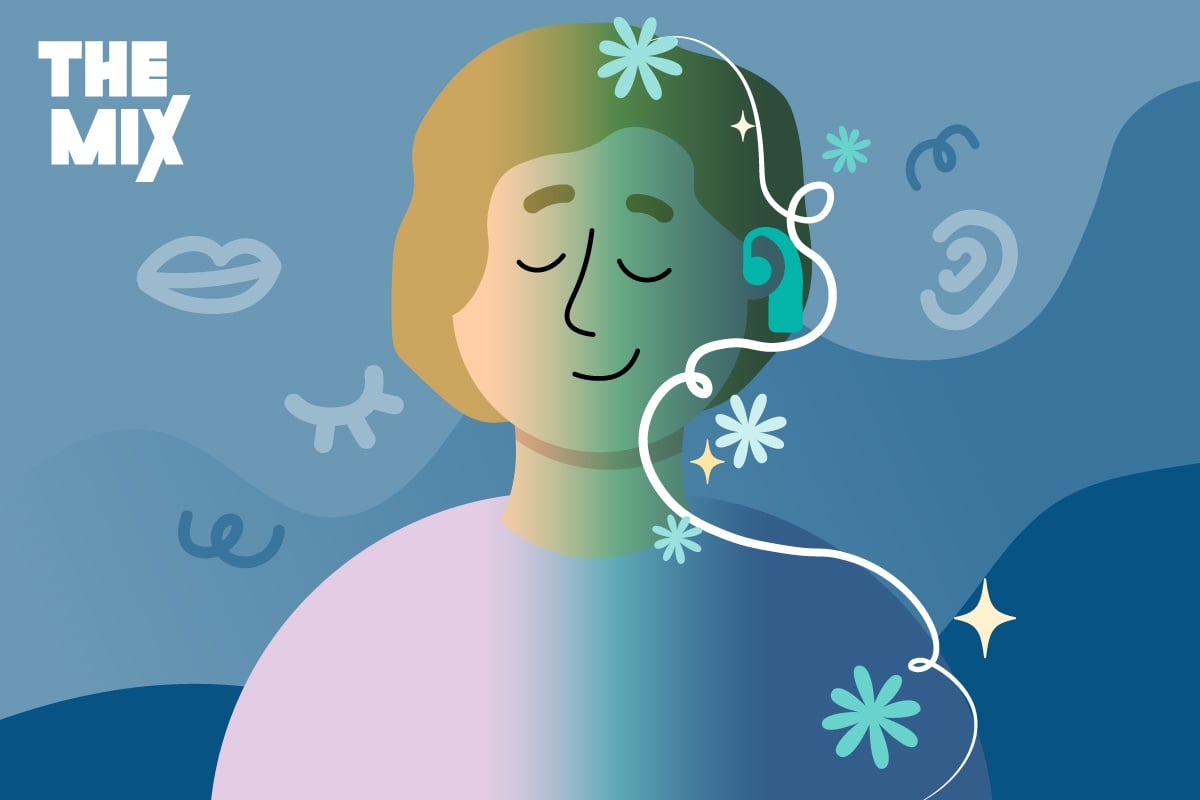Living with an invisible disability
1 in 5 people in the UK have a disability and 80% of those people have what we call an 'Invisible' or 'Hidden' disability. So what is an invisible disability? Deaflympian Henry Hughes investigates...

Hello there, my name is Henry Hughes DLY. I am 20 years old, a Deaflympian and a Youth Advisory Member for The Mix. Here at The Mix, we want to ensure that we are striving to be an inclusive place for every young person, Deaf or not. By sharing my experiences, I hope to break down the stigmas of Deaf people that affect our everyday lives.
My Deafness – One of the Invisible Disabilities out there
As a fluent oral speaker as a Deaf person, I can often make people forget that I am Deaf, in fact, if I do not tell people that I am Deaf, I can get away with it, whilst that is not every Deaf or Hard of Hearing person, it is me.
Many people have said that they “could not tell that I was Deaf”, which in a way is amazing because that is the upside of technology always improving my hearing and speech.
However, the downside is that people then think that it means “I am cured”, and that my Deafness is no longer an “illness”, when in fact I am still Deaf and it is my personality that I embrace.
In my sport of swimming, since I prefer not to wear my hearing aid and cochlear implant, I am relying on the little hearing I have in my left ear, but because I am a physically able person, it looks like there is nothing “wrong” with me and that often leads to people being “confused” whether I am actually a person with a disability.
Examples of Non-Visible Disabilities.
GOV.UK outlines a list of common non-visible disabilities, including, but not limited
to:
• mental health conditions, including anxiety, depression, schizophrenia, personality disorders, obsessive-compulsive disorder
• autism and Asperger’s syndrome
• visual impairments or restricted vision
• hearing loss
• sensory and processing difficulties
• cognitive impairment, including dementia, traumatic brain injury, or learning disabilities
• non-visible health conditions, including diabetes, chronic pain or fatigue, respiratory conditions, incontinence
The Difficulties of Living with a Hidden Disability
Daily life is often the more demanding aspects of having a Hidden disability, whether that be interacting with people, doing simple tasks like cooking, cleaning or even entertainment like watching a YouTube video or going to the cinema.
Always thinking or worrying about the “accessibility” part of these scenarios can be exhausting and without having a visible disability, because the “visible” evidence is not there, so we often become a second thought hesitance, for mainstream people, instead of having straight-of-the-bat instincts to be more inclusive and understanding, like they will for someone in a wheelchair or an injured person on crutches.’
The MythBusters Zone
It is time for my favourite segment, The MythBusters Zone, a place where we just myth-bust the hell out of stigmas and stereotypes because they do not have a place in our society, can I get a snap snap!
Myth 1 – People with Hidden Disabilities do not look “Disabled”
Can I insert a facepalm emoji, wait I can! � , why do you think it is called a “Hidden
Disability”?
When I hear this with whatever hearing I have left, it still baffles me when I have to explain to someone that being “disabled” does not mean you need to look the part that society thinks a “disabled” person looks like.
Hidden disabilities still have a similar impact on those who have visible disabilities and we should never think that one is easier to live with than the other, all disabilities have their challenges and needs, but what human do have their challenges and needs.
Myth 2 – People with Invisible Disabilities are always craving attention
Um, no, all we ask for is a recognition of our impairment and having more inclusive and accessible places and relationships that make our lives a little less exhausting as I mentioned before and more enjoyable.
What can you do? Thank you for asking, as I said, be more open-minded about how you make your interactions and spaces more attractive to people with invisible disabilities, it is really not that difficult, it is easy to implement and also there are many great examples of people doing so!
Myth 3 – People with Non-Visible Disabilities cannot “Do It”
Can we get the facepalm emoji back, � , sometimes I think that they are jealous that we can do two things at once, of course, we can “Do It”.
The person who cannot “Do It” is the person with the stigmas and stereotypes in their thought process, because they are allowing themselves to think that way.
We all have our strengths and weaknesses, do not pretend that all people with disabilities are the only community in society that has only weaknesses and no strengths.
Helping Others with Hidden Disability on The Mix Discussion Boards
It can be very lonely at times as a person with a hidden disability as only you can understand your experience and here at The Mix, we always love to have peer-to-peer support, using your experience to help others with non-visible disabilities or to educate others that want to be better equipped when interacting with this community.
If you are new at The Mix, what I would love to see, which many of our community have already brilliantly done, is to engage, write or interact with more blogs, comments, thoughts or posts on people with hidden disabilities as I am sure you might be one or know someone who does.
Next Steps
- Chat about this subject on our Discussion Boards.
By
Updated on 04-Jul-2024
Sorry, comments closed
No featured article














